|
I am seeing first-hand the fallout with a never-before-witnessed neurological health crisis on the front lines of my practice in those with new onset debilitating symptoms, and new onset neurological disease in those with long COVID, including the vaccine injured. Each day, I encounter patients who have seen multiple doctors and been to the emergency room many times only to be told there is nothing wrong or that they are a “mysterious case.” Many of these patients are near the end of their rope and are contemplating suicide. They feel cast aside by a medical system that is burdened now more than ever before with the tsunami of very complex patients I have warned that were arriving. Even before this crisis, health providers were struggling to give anything more than a few minutes with patients. Each year, reimbursement is cut, operational costs rise, and workloads have grown including reviewing test results, logging information, writing medication orders, etc. This medical system gives little time for exploring complex presentations, patient empathy, and in these realms, is set up to ignore the quintessential dimensions of humanity. Wherever the art of Medicine is loved, there is also a love of Humanity. ” ― Hippocrates Every emerging disease begins with a mystery. In my neurology career I have learned “every patient tells a story.” And therein lie the answers that make a diagnosis possible. But we should be looking for every potential clue so that we may understand the complexity of this illness and, most importantly, the ways in which we can come to the aid of millions and millions of people that are or will be suffering from long COVID. So, what can we learn from the distant past? Could unsolved medical mysteries unlock the key to understanding long haulers? Let’s explore:
Credit: New Contributed Photographs Collection / otis historical Archives / National Museum of Health and Medicine
The Forgotten Epidemic
In 1918-1920, The Spanish flu killed between 50-100 million people and infected around a half a billion around the globe (roughly 1 in 4 humans at the time and possibly killing as many as 1 in 20); it even reached places as remote as the Arctic in-between 1918 and 1920. It was said to be caused by an H1N1 virus, a RNA virus, with genes of avian origin. As of August 26, 2022, 6,483,709 people have died so far from the coronavirus COVID-19 outbreak.
From archives and here https://todayinhistory.blog/tag/encephalitis-lethargica/
Nearly forgotten today, encephalitis lethargica infected nearly five million people between 1915 and 1927, and killed roughly a third of this population quickly. On April 17, 1917, at a meeting of the Vienna Society for Psychiatry and Neurology, Dr. Constantin von Economo described a series of cases in which the patients exhibited “a kind of sleeping sickness” with an unusually prolonged course. These patients had bizarre presentations and at first were thought to be mentally ill. Many had vision issues with oculogyric crisis, blurred vision, psychiatric symptoms, movement disorders but virtually any neurologic sign or symptom could be present (cerebellar, hemiplegic, cortical, spinal, polyneuritis, cataleptic, meningeal, anterior poliomyelitis, hyperalgesia, general, infantile, progressive, aberrant/autonomic, monosymptomatic, tabetic, insomnia, paralytic, myelitic, pallido-pyramidal, mixed striatal, myoclonic, thalamic, and juvenile).
In short, the signs and symptoms were vastly diverse and one of the lead researchers at the time said “No other disease, perhaps, presents so many difficulties in diagnosis as does this protean complex.” This varied/multisystem presentation is what we see in long COVID and also in what I believe are post-vaccine injuries today. Learn more about encephalitis lethargica at: https://www.youtube.com/watch?v=5lNVtUlroZc
https://www.sciencedirect.com/science/article/pii/B9780444534880000365?via%3Dihub
Chapter 37 - Encephalitis lethargica (von Economo's encephalitis) Berger J Handbook of Clinical Neurology
PANS and PANDAS in the 1900s?
Children were diagnosed with pseudopsychopathia and showed a dramatic alteration of behavior described as “moral insanity” or “irritating imbecility.” The children were grouped into three main forms: (1) irritable, (2) lethargic, and (3) lethargic with paralysis. The first was characterized by marked restlessness, excitability, and virtually continuous crying. The lethargic type was characterized by a drowsy state, and an expressionless, mask-like face, resembling parkinsonian syndrome. The patient could present with facial myoclonus and moderate rigidity of the neck. The third group was characterized by drowsiness with some form of paralysis and frequent convulsions.
Many of these children had to be institutionalized or placed in special schools. Doctors were shocked to see how the children recognized their actions and repeatedly apologized as they said, “I can’t help it”, separating them from children with antisocial behavior. Fifty percent went on to develop Parkinson’s. Most of the children had a preceding influenza like illness.
Note: This childhood onset mirrors PANS and PANDAS that we see today in roughly 1 out of every 250 children. What Was the Cause? No definitive cause was ever determined, although given the close association in time to the Spanish Flu, a post infectious etiology with molecular mimicry is considered. Many vaccines were developed and used during the 1918–1919 pandemic. In early 1918, before the first cases of Spanish flu were reported at Camp Funston at Fort Riley in Kansas in March 1918, a trial of a vaccine made with inactivated strains of the meningococcus bacteria was conducted on military volunteers at the same location. During WW1, the Rockefeller Institute also sent this experimental anti-meningococcal serum to England, France, Belgium, Italy and other countries. Many different types of vaccines were launched during this time frame. Here is a picture taken from the national archives entitled Fighting influenza in Seattle. Flu serum injection, Seattle, Washington from https://catalog.archives.gov/id/45499307
The 2009 H1N1 influenza pandemic left a troubling legacy in Europe: more than 1,300 people who received a vaccine to prevent the flu developed narcolepsy, an incurable, debilitating condition that causes overpowering daytime sleepiness, sometimes accompanied by a sudden muscle weakness in response to strong emotions such as laughter or anger. In Science Translational Medicine (STM) , researchers offer a possible explanation. And show that the vaccine, called Pandemrix, triggers antibodies that can also bind to a receptor in hypothalamus, the part of the brain that helps regulate sleepiness. Long COVID and post-vaccine injuries are also linked to molecular mimicry.
In 1928, as suddenly as it had appeared, the encephalitis lethargica epidemic was gone. Although clusters of what appeared to be encephalitis lethargica appeared from time to time, but never in the numbers seen in the early 1900s. Into a Realm Where Time Stops.
Post Encephalitic Parkinson’s: The Long COVID patients of the 20th century.
If encephalitis lethargica was not bad enough, many patients who recovered from this illness within a range of four to 40 years went on to develop a chronic neurological syndrome called Post-Encephalitic Parkinson’s (PEP), as well as sleepdisturbances, oculomotor abnormalities, involuntary movements, speech and respiratory abnormalities, and psychiatric disorders were common. Patients exhibited symptoms such as mood changes, feelings of euphoria, increased sexual drive, hallucinations, making excessive puns, joviality, and silliness. Psychosis was present in 30% of patients, but milder psychiatric disorders were very common. Mental changes appeared to be more pronounced in children than in adults, with reports of self-mutilation.
Patients immobilized by encephalitis lethargica were sent to institutions for decades. In the late 1960s, the experimental drug L-DOPA was first given to Parkinson’s patients, with encouraging results only to have rapid wearing off effects and severe dyskinesias. Their story would story become the basis of the book and movie, Awakenings, following the amazing work of Dr Oliver Sachs. The film would tell the true story of some modern-day Rip Van Winkles, survivors of the great 1917-27 epidemic of encephalitis lethargica, or viral sleeping sickness.
Watch the trailer for Awakenings: https://www.youtube.com/watch?v=7exeVt7CaE4 The Pathology. The chronic phase was found to be a tauopathy with neurofibrillary tangles (NFTs) and tau with changes were seen in the corpus striatum, thalamus, hypothalamus, posterior wall of the third ventricle, and substantia nigra. Alpha synuclein, a misfolded protein associated with most Parkinson’s disease, was not found in PEP. One study showed a high prevalence of pathology in those living during the time of the Spanish flu suggestive of post viral neurodegenerative mechanisms. Long COVID is also considered to result in the formation of tau, amyloid and other misfolded proteins. Spike protein alone has been linked to these mechanisms. Post-encephalitic Parkinson’s and the chronic encephalitis lethargica are still considered the biggest medical mystery of the 20th century. Another Unsolved Mystery Nodding Syndrome Hidden away deep in the remote jungles of East Africa exists a mysterious disease that has affected multiple thousands of children. Nodding Syndrome (NS) is a neurological disorder characterized by seizures, cognitive decline, school dropout, behavioral and language impairment, muscle weakness, physical wasting and in some, stunted growth. It was first described in this region in the early 2000s while the Acholi tribe of 2 million were forced to live in horrid IDP camps for over 2 decades during a vicious 25-year Civil War. Only children were affected, and this disease had never before been seen on their land; when after the war ended and they returned home to their villages, the incidence of NS waned. On an exploratory mission in 2010, I saw the horror before me and learned that no one was helping these families or children.
In 2012, I formed a nonprofit called Hope for HumaNS to initiate a humanitarian mission on their behalf. What I learned through the years of operation 2012-2017 shocked me to my core and changed me forever. I tirelessly spoke out to Congress, the WHO, the CDC, across the world at major universities (i.e., Harvard), and petitioned many for help including Save the Children and the Gates Foundation. It was as if no one could hear my plea for help. These children have been forgotten.
Through our observations on the ground, we believed that Nodding Syndrome is a neurodevelopmental disease similar to late onset autism that was triggered by some environmental factor while living in the camps. But, these cases were invariably progressive and in many children, death was the outcome after years of horrible suffering. Research also shown that NS is a tauopathy.
To learn more see my blog: https://www.suzannegazdamd.com/blog/nodding-syndrome-on-the-spectrum1771230 Unfortunately, because of lack of funding, our organization was forced to shut down in 2017 and to this day, Nodding Syndrome is considered a medical mystery.
History Lessons Unlearned.
The failure to identify the 1918 influenza virus as the cause of encephalitis lethargica and Parkinsonism crippled progress towards the understanding of viral pathology and epidemiology leading to neurodegenerative disease. One study in humans by researchers in Denmark showed that influenza nearly doubled the risk of developing Parkinson’s disease within 10 years after initial infection. And what could have been learned from the tens of thousands of children suffering and dying with Nodding Syndrome in Northern Uganda? The person most likely to make a difficult diagnosis is the person who's seen (the problem) before. - Dr. Lisa Sanders on Fixing Healthcare Facing the Coming Waves. SARS COV 2 affected and a worldwide population with no end in sight. Long COVID and post- vaccine injuries are emerging as a major health threat to untold numbers. This added burden of chronically ill patients on an already overstrained health care system sheds light on an urgent need for Centers of Excellence for these patients who many times are being dismissed and or treated with ineffective solutions costing thousands and thousands of dollars. In an October 2020 analysis, it was estimated the COVID-19 pandemic might result in $2.6 trillion of cost as a result of long COVID. Massive costs are also being absorbed personally by many of these patients who have used their entire life savings to try and find answers. Rising disability numbers will continue: https://www.suzannegazdamd.com/blog---long-covid/long-covid-and-the-rise-in-disability Given the mechanisms involved, with viral fragments such as spike protein lingering and causing a downstream effect on the immune system, vascular damage, molecular mimicry, prion formation etc., the tsunami of neurodegenerative diseases including Parkinson’s has not even begun to crest. I have discussed the main mechanisms leading to injury of the CNS in my blog, “The Five Horsemen”: https://www.suzannegazdamd.com/blog---long-covid/the-five-horsemen We stand facing this wave. In the spirit of Ubuntu which means “I am because we are,” we must work together to solve the new medical mystery that has arrived. These patients are telling their stories; listen carefully because history repeats itself in this shared essence of life. In hope and health, Dr. Suzanne Gazda And one more lesson learned from this era
From the movie “Awakenings,” at https://www.youtube.com/watch?v=OxKXKwijH_g
“Read the newspaper. What does it say? All bad. It's all bad. People have forgotten what life is all about. They've forgotten what it is to be alive. They need to be reminded. They need to be reminded of what they have and what they can lose. What I feel is the joy of life, the gift of life, the freedom of life, the wonderment of life." References Van Den Tooren H, Ellul MA, Davies NW. On behalf of the CoroNerve Studies Group, et al Standing on the shoulders of giants: 100 years of neurology and epidemic infections Journal of Neurology, Neurosurgery & Psychiatry. 2020;91:1129-1131. Berger, J., Vilensky, J. Encephalitis lethargica. Handbook of Clinical Neurology. 2014. https://www.sciencedirect.com/science/article/pii/B9780444534880000365?via%3Dihub https://doi.org/10.1016/B978-0-444-53488-0.00036-5. Vilensky, J. Children and Encephalitis Lethargica: A Historical Review. Pediatric Neurology 2007. https://www.pedneur.com/article/S0887-8994(07)00194-4/fulltext Eyler JM. The state of science, microbiology, and vaccines circa 1918. Public Health Rep. 2010;125 Suppl 3(Suppl 3):27-36. doi:10.1177/00333549101250S306 https://www.ncbi.nlm.nih.gov/pmc/articles/PMC2862332/ Abhijith Rajaram Rao, Shaik Mohammed Hidayathullah, Karan Hegde, Prabha Adhikari. Parkinsonism: An emerging post COVID sequelae. IDCases, Volume 27, 2022. https://doi.org/10.1016/j.idcr.2022.e01388. https://www.sciencedirect.com/science/article/pii/S2214250922000166 Beauchamp, L. et al. Parkinsonism as a Third Wave of the COVID-19 Pandemic? Journal of Parkinson's Disease, vol. 10, no. 4, pp. 1343-1353, 2020. https://content.iospress.com/journals/journal-of-parkinsons-disease/Pre-press/Pre-press Hoffman, L. et al. Encephalitis Lethargica: 100 years After the Pandemic. Brain. 2017 https://www.cdc.gov/flu/pandemic-resources/1918-commemoration/historical-images.htm National Archives https://catalog.archives.gov/id/45499307 Vilensky, J. et al. Encephalitis lethargica: could this disease be recognised if the epidemic recurred? BMJ. 2006. https://pn.bmj.com/content/6/6/360#ref-6 Nellore A, Randall TD. Narcolepsy and influenza vaccination—the inappropriate awakening of immunity. Ann Transl Med2016;4(Suppl 1):S29. doi: 10.21037/atm.2016.10.60 https://atm.amegroups.com/article/view/12221/html Jellinger KA. Absence of alpha-synuclein pathology in postencephalitic parkinsonism. Acta Neuropathol. 2009;118(3):371-379. doi:10.1007/s00401-009-0537-9 https://pubmed.ncbi.nlm.nih.gov/19404653/ Leta V, Rodríguez-Violante M, Abundes A, et al. Parkinson's Disease and Post-COVID-19 Syndrome: The Parkinson's Long-COVID Spectrum. Mov Disord. 2021;36(6):1287-1289. doi:10.1002/mds.28622 Study in Mice Suggests that COVID-19 Increases Risk of Developing Parkinson’s Disease https://www.jefferson.edu/about/news-and-events/2022/05/study-in-mice-suggests-that-COVID-19-increases-risk-of-developing-parkinsons-disease.html Pratt, J., Lester, E., Parker, R. Could SARS-CoV-2 cause tauopathy? The Lancet Neurology. 2021. https://www.thelancet.com/journals/laneur/article/PIIS1474-4422(21)00168-X/fulltext Kitara, D., Gazda, S.et al. Could nodding syndrome in Northern Uganda be a form of autism spectrum disorder? An observational study design. Pan Afr Med J. 2018; 30: 115. https://www.ncbi.nlm.nih.gov/pmc/articles/PMC6195236/ Pollanen MS, Onzivua S, Robertson J, et al. Nodding syndrome in Uganda is a tauopathy. Acta Neuropathol. 2018;136(5):691-697. doi:10.1007/s00401-018-1909-9 https://www.ncbi.nlm.nih.gov/pmc/articles/PMC6208726/ Burden Of Caring For Nodding Syndrome Patients Take Toll On Families In Northern Uganda. https://tntribune.com/burden-of-caring-for-nodding-syndrome-patients-take-toll-on-families-in-northern-uganda/ International study suggests Nodding syndrome caused by response to parasitic protein. https://www.nih.gov/news-events/news-releases/international-study-suggests-nodding-syndrome-caused-response-parasitic-protein Idro R, Opoka RO, Aanyu HT, et al. Nodding syndrome in Ugandan children--clinical features, brain imaging and complications: a case series. BMJ Open. 2013;3(5):e002540. Published 2013 May 3. doi:10.1136/bmjopen-2012-002540
1 Comment
Your comment will be posted after it is approved.
Leave a Reply. |
AuthorSuzanne Gazda M.D. Neurologist Archives
January 2024
Categories |
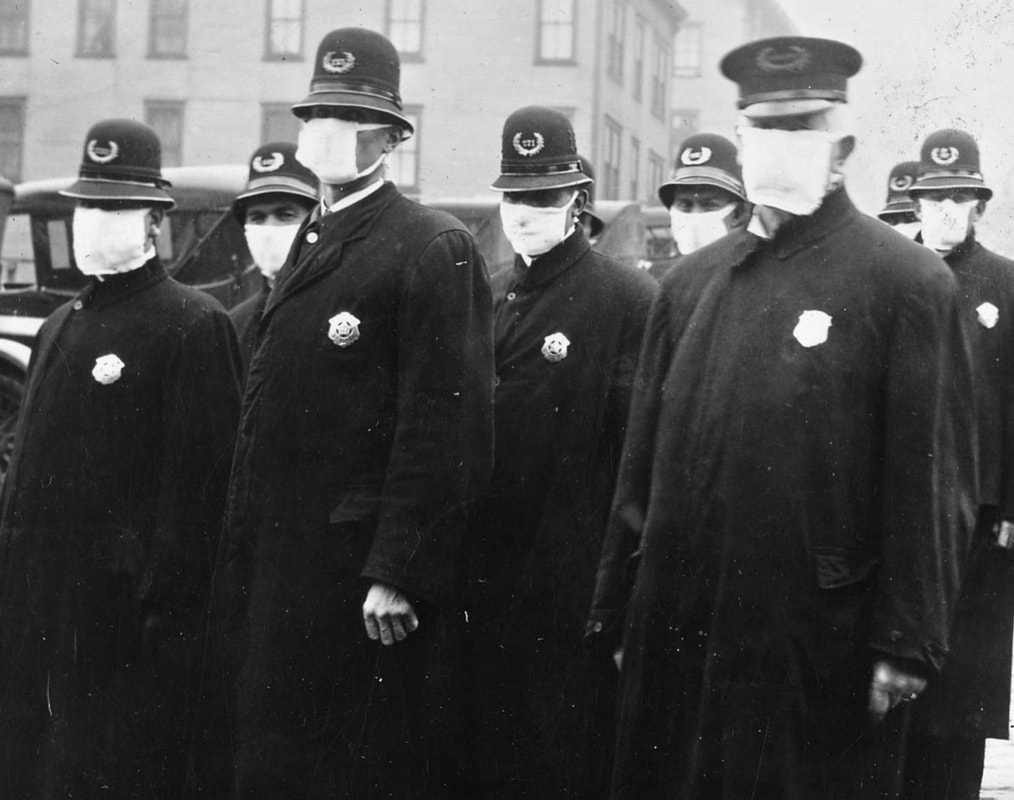

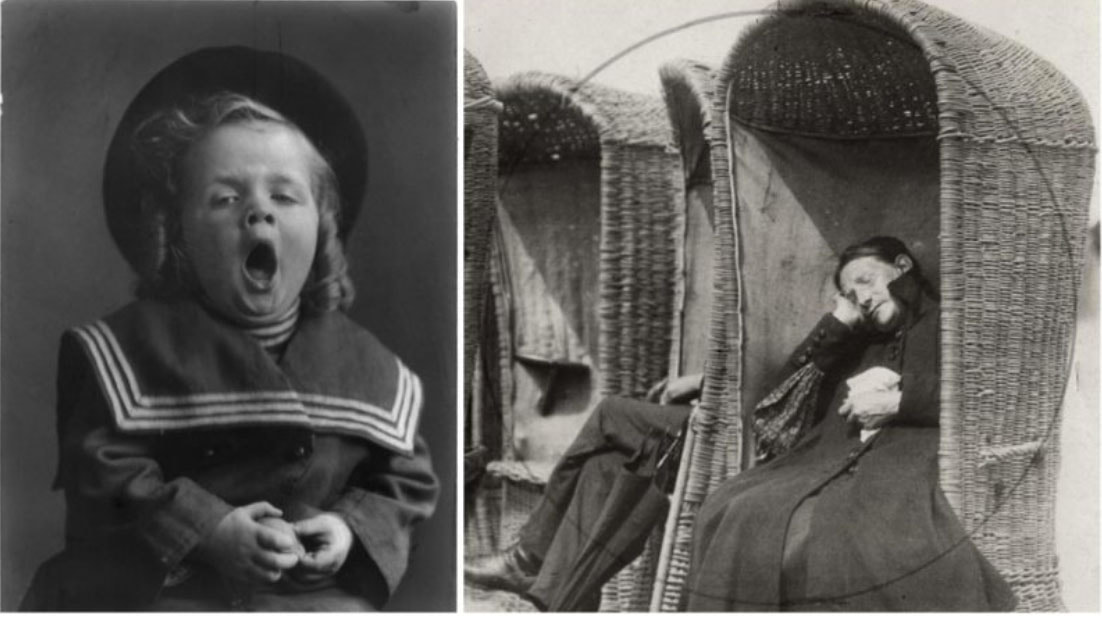
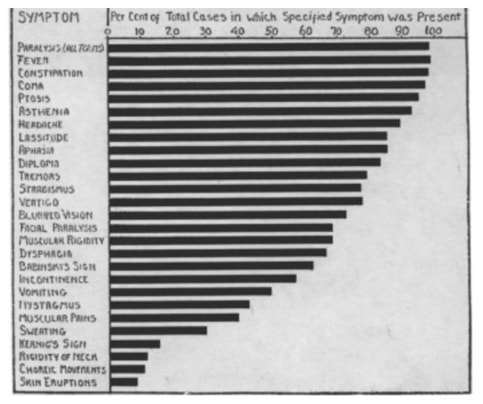
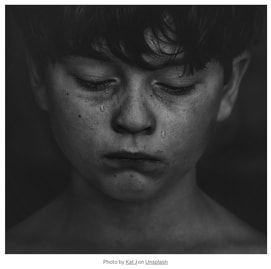
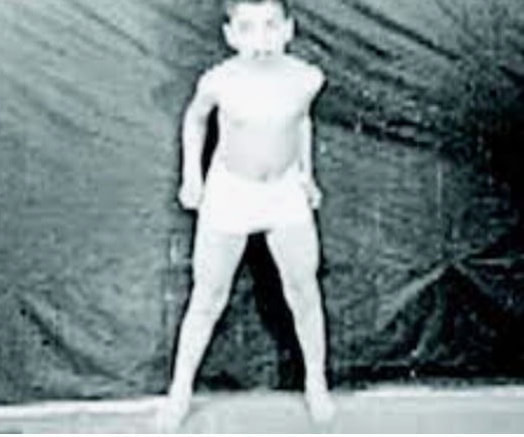
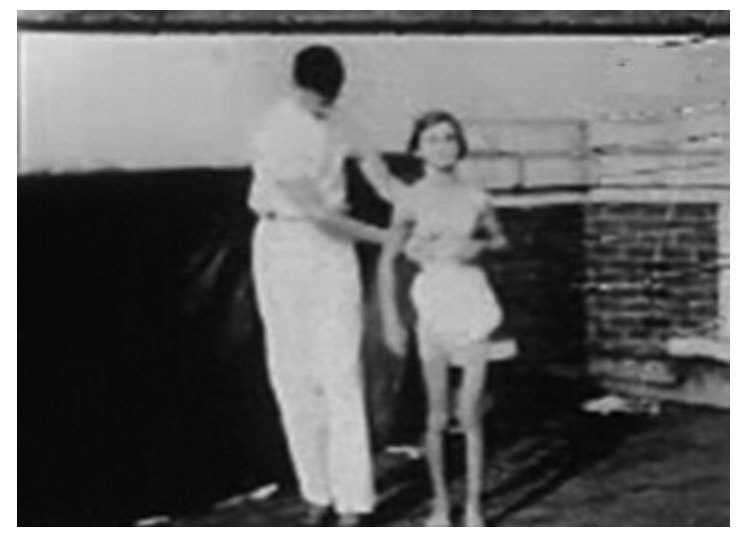
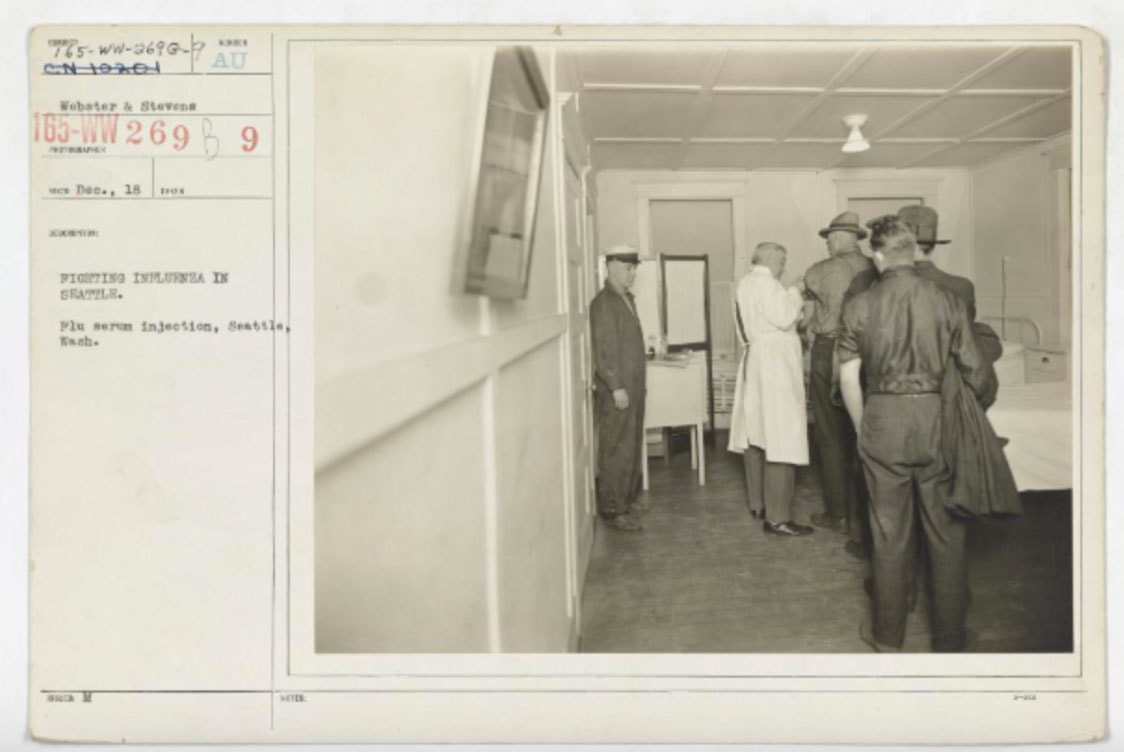
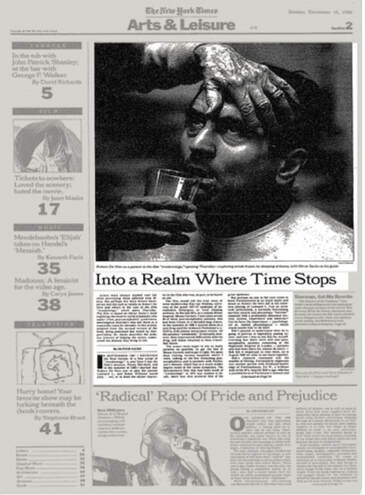
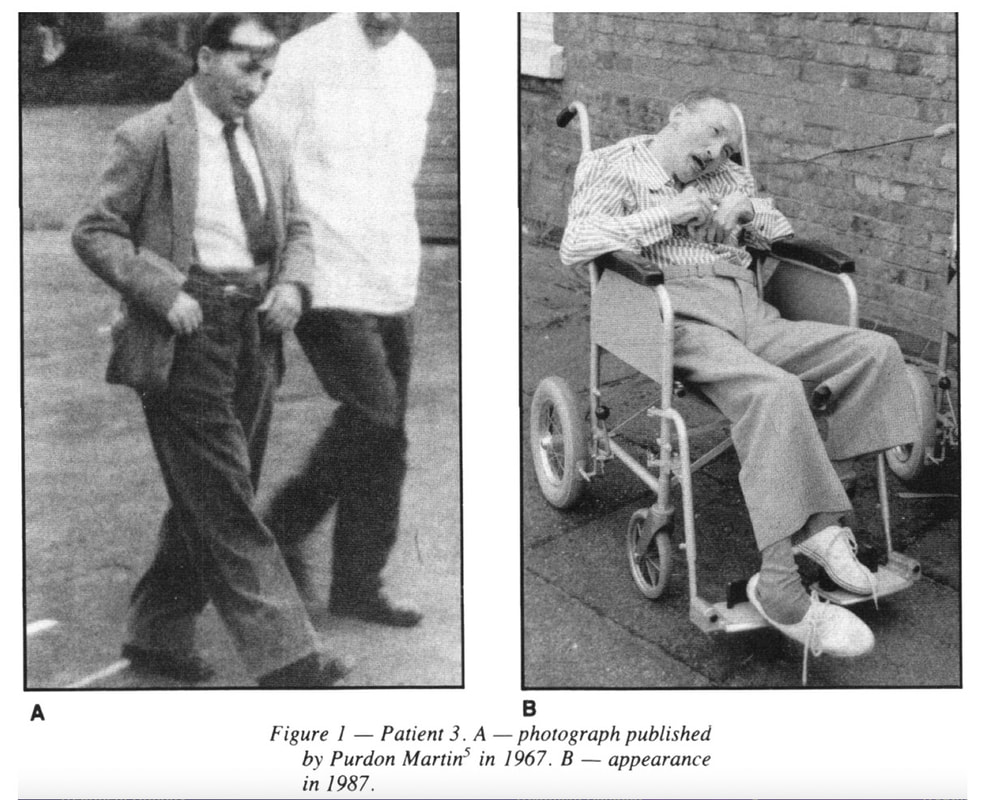

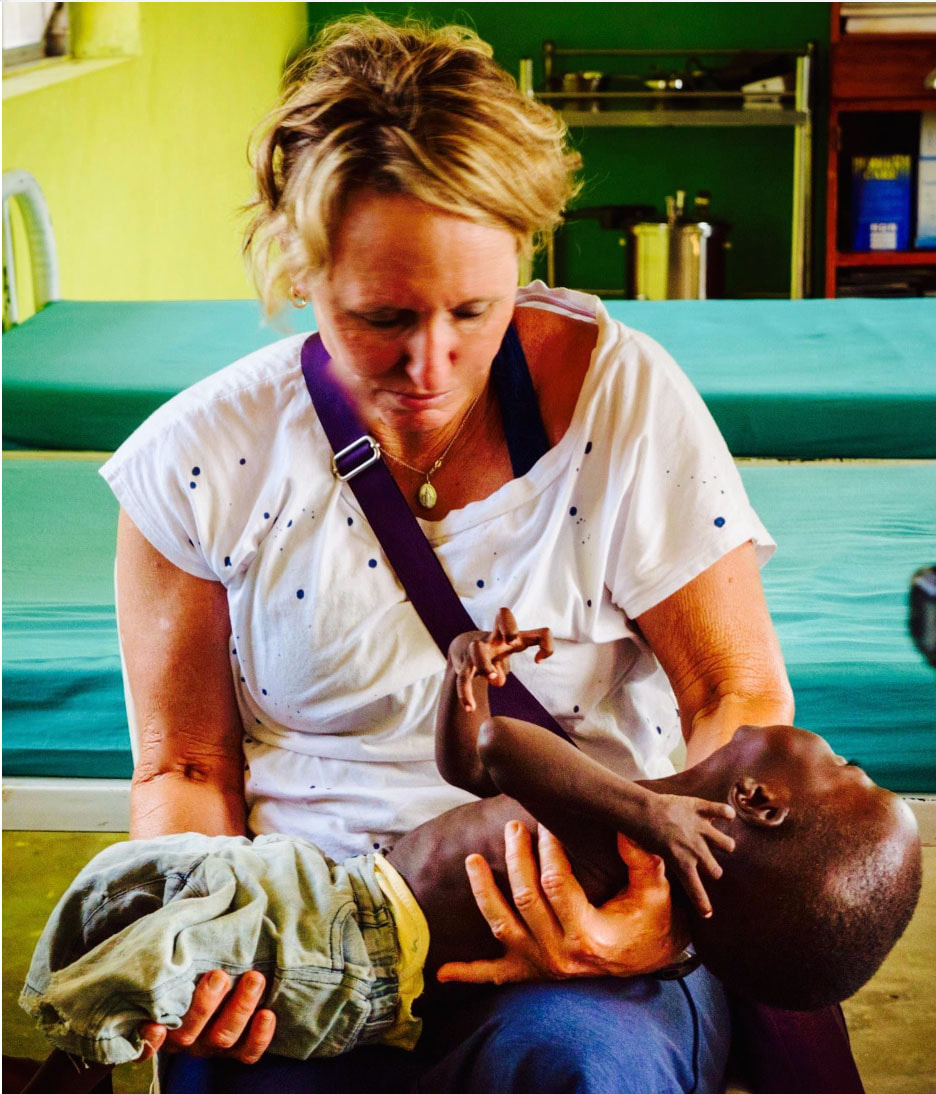
 RSS Feed
RSS Feed